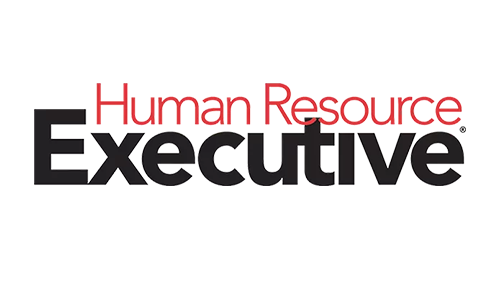
It seems like complexity is always increasing for HR leaders. In addition to everything that has historically been on their plate, they continue to face the ongoing challenges of employee retention and recruitment. And now, they find themselves responding to increased federal regulations for benefits reporting and transparency.
It can appear overwhelming. However, with the right benefits technology, employers can position themselves to adapt and overcome these critical challenges that ultimately impact the effectiveness of their benefits program and employee experience.
You want a solution that can help execute your benefits strategy while increasing employee understanding.
Where is Your Organization Today?
When selecting benefits technology, it’s important to first analyze your organization’s current state, challenges and associated risks.
Employers typically fit one of three profiles:
- They have not yet implemented benefits technology due to complexity, cost or disruptiveness. This results in reduced efficiencies, risks of non-compliance or human error, and limits the employer to manual administration, unable to stay current with advancements.
- They have implemented technology but have not fully leveraged it because it is either not intuitive, configured or integrated. This results in a lack of employee engagement, unrealized efficiencies, and risks costly errors due to manual intervention.
- They are dissatisfied with current technology because it is not sufficient, supported or being fully utilized. This results in disengaged employees, overburdened systems, manual processes and lack of strategic direction.
Choosing a Benefits Administration Platform
Once you identify which profile best fits your organization, your consultant can perform a needs analysis to look for factors that are impacting the effectiveness of your benefits program. This likely includes outdated technology, labor-intensive processes, limited visibility and reporting capabilities, and/or costly delays.
Whether it’s a fully integrated HRIS platform or a robust standalone benefits administration technology platform, you want a solution that can help you fully execute upon your benefits strategy while increasing employee understanding and connection to their benefits.
Make certain your solution works for you and your benefits and business goals by ensuring it:
- Accommodates your various types of benefit offerings without limitation
- Encompasses the self-service tools necessary to drive employee engagement
- Offers “channel of choice” philosophy (i.e. mobile, virtual assistance and human help)
- Enables your organization to easily access information and drive efficiencies
- Contains required reporting capabilities and maintains functionality that will ensure compliance with various laws and regulations
Next, the following features and attributes are essential considerations when evaluating specific benefits administration solutions:
- User Interface (UI): Clean, modern, logical and intuitive design and navigation
- Features and Functionality: Personalized, easy to use features as well as tools, reporting and dashboards for all of your essential functions (like payroll deductions, communications, enrollment, compliance, billing, eligibility management, etc.)
- Integration and Connectivity: Includes electronic data interchanges (EDI), error and discrepancy reporting and pre-built APIs to connect to carriers, payroll or HRIS
- Initial and Ongoing Support: Includes dedicated and knowledgeable resources, training materials and tutorials, technical/development and end-user support
- Cost and Value: Cost that reflects the platform’s value and has ROI with the appropriate features, capabilities, user experience and flexibility
Maintaining Value through a Proper Support Plan
Requirements change and so does technology. You need to ensure you have a support plan in place to stay on top of a changing environment.
Support does not end with implementation; integrated systems are fluid and must be maintained accordingly. When developing a support plan, keep in mind that testing and workflow changes require experts to prevent downstream disruption, and a multi-generational workforce requires varying levels of support and education. Use your consultant or technology provider, and ensure you have a benefits administration advocate as a resource when questions arise.
Have you conducted a needs analysis in the past two years? The industry landscape has changed in that time and your organization likely has too. Using an outdated or ineffective system creates extra costs and liabilities. As requirements increase and technology advances, finding the right benefits administration platform will help strengthen your benefits program and achieve your goals.







